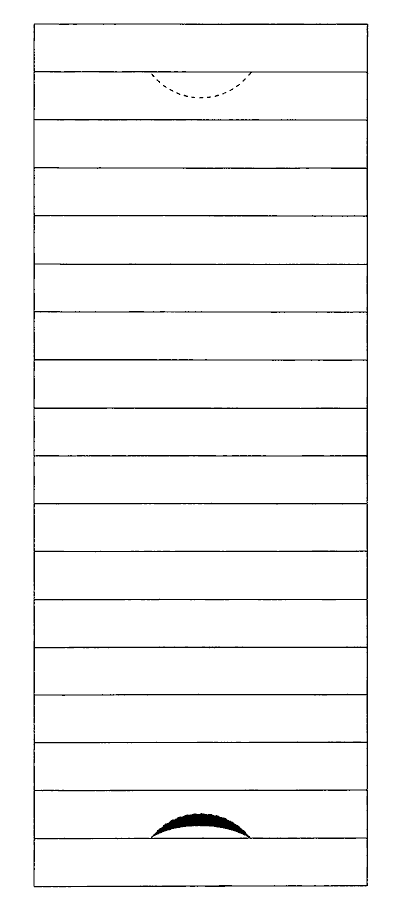Gepubliceerd op woensdag 4 februari 2015
Model advertentiebord is geldig vanwege geperforeerde grepen
Gerecht EU 28 januari 2015, IEFbe 1186 (Argo tegen OHIM)
 Gemeenschapsmodel. Het betreft een model voor een advertentiebord. De handgrepen in het model zijn bij normaal gebruik niet onzichtbaar. Omdat de grepen zijn geperforeerd in plaats van uitgesneden (zoals in eerdere modellen) is het model tevens nieuw. Bekeken vanuit zowel de totaalindruk als de significante afwijkende vormgeving van de handgrepen heeft het model bovendien een eigen karakter. De vordering tot nietigverklaring wordt verworpen.
Gemeenschapsmodel. Het betreft een model voor een advertentiebord. De handgrepen in het model zijn bij normaal gebruik niet onzichtbaar. Omdat de grepen zijn geperforeerd in plaats van uitgesneden (zoals in eerdere modellen) is het model tevens nieuw. Bekeken vanuit zowel de totaalindruk als de significante afwijkende vormgeving van de handgrepen heeft het model bovendien een eigen karakter. De vordering tot nietigverklaring wordt verworpen.
Zichtbaarheid
16. In the contested decision, the Board of Appeal did not find that the contested design constituted a complex product or that the handles constituted a component part of the product. Indeed, the applicant itself states, in the application, that the handles incorporated in the contested design do not constitute component parts of a complex product.
Nieuwheid
21. In the present case, it should be observed that the contested design and the earlier designs are not identical as regards the handles of the products represented therein.
22. As the Board of Appeal correctly pointed out in the contested decision, the handles represented in the contested design consist of a perforated area that can be pressed out. In comparison, the handles represented in the earlier designs are cut out (designs Nos 796 446-0001 and 796 446-0002) or added on to the cardboard signboard (designs Nos 796 446-0003 and 796 446-0004).
Eigen karakter
33. It is thus common ground, and it is moreover confirmed by the examination of the file relating to the proceedings before OHIM, forwarded to the Court in accordance with Article 133(3) of its Rules of Procedure, that the contested design applies to a rectangular cardboard signboard divided into pleats, which can be folded like an accordion, and that the signboard can be used in an unfolded position in order to convey a message or, in a folded position, to produce a sound effect.
35. In the present case, the Board of Appeal found that the informed users are both the persons who use those signboards at group events and the bodies which buy those signboards and then distribute them to the persons participating in those group events.
48. Therefore, the Board of Appeal did not make an error of assessment in finding, in paragraph 26 of the contested decision, that the rectangular shape of the cardboard signboard and its division into accordion-like foldable pleats constituted two features in relation to which the designer had a very limited degree of freedom. The Board of Appeal was also fully entitled to take the view that the handles were the only part of the signboards in relation to which the designer had some creative freedom.
62. Accordingly, following an overall assessment and taking into consideration the designer’s very limited degree of freedom as regards the rectangular shape of the cardboard signboard and its division into accordion-like foldable pleats, it must be held that the aspect of the handles in the contested design is sufficiently different from that of the handles in the earlier designs.
63. In the light of the foregoing, it must be held that the Board of Appeal did not make an error of assessment in finding that the contested design produced, on the informed user, an overall impression different from that of the earlier designs.






















